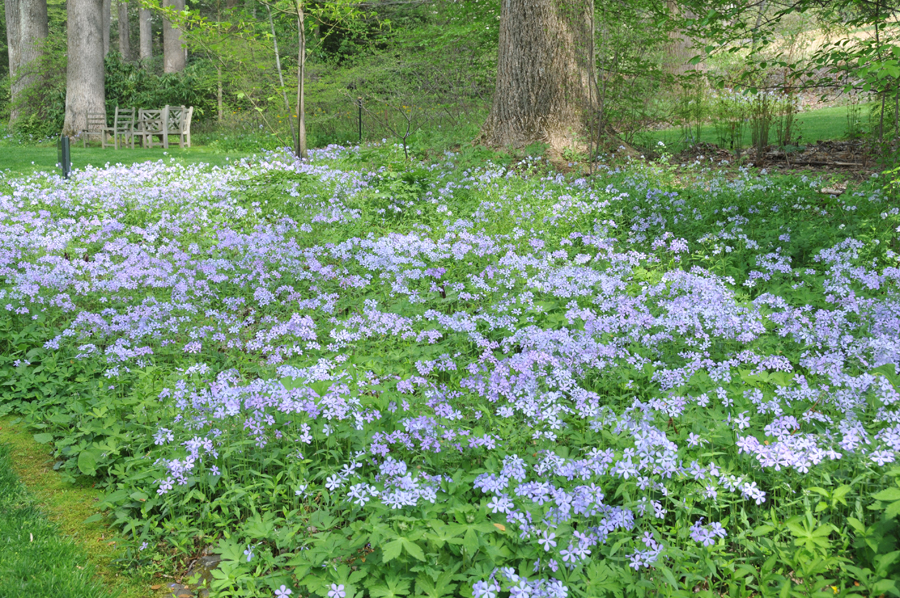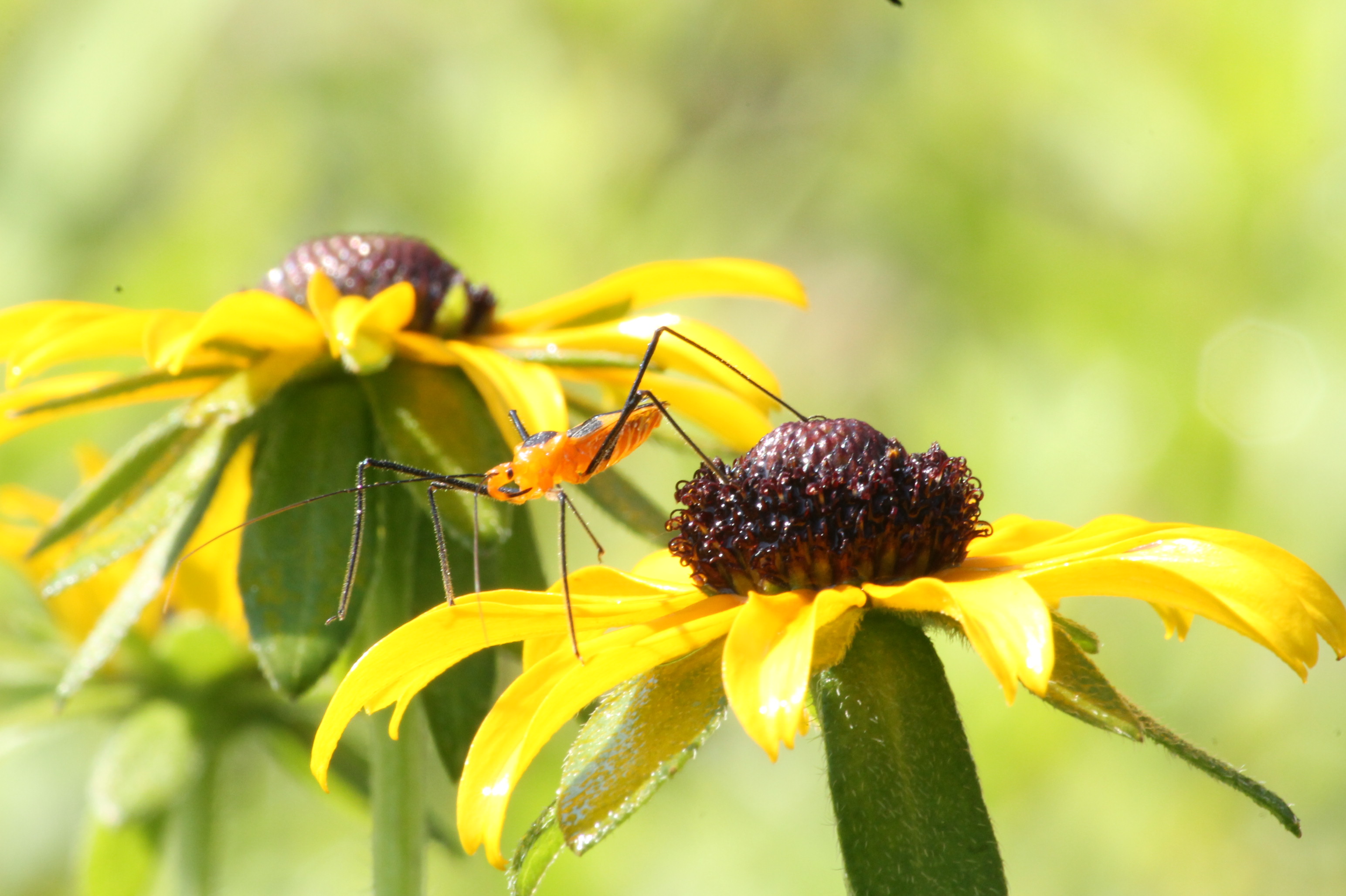Learn How to Grow: Native Landscapes
go.ncsu.edu/readext?655032
en Español / em Português
El inglés es el idioma de control de esta página. En la medida en que haya algún conflicto entre la traducción al inglés y la traducción, el inglés prevalece.
Al hacer clic en el enlace de traducción se activa un servicio de traducción gratuito para convertir la página al español. Al igual que con cualquier traducción por Internet, la conversión no es sensible al contexto y puede que no traduzca el texto en su significado original. NC State Extension no garantiza la exactitud del texto traducido. Por favor, tenga en cuenta que algunas aplicaciones y/o servicios pueden no funcionar como se espera cuando se traducen.
Português
Inglês é o idioma de controle desta página. Na medida que haja algum conflito entre o texto original em Inglês e a tradução, o Inglês prevalece.
Ao clicar no link de tradução, um serviço gratuito de tradução será ativado para converter a página para o Português. Como em qualquer tradução pela internet, a conversão não é sensivel ao contexto e pode não ocorrer a tradução para o significado orginal. O serviço de Extensão da Carolina do Norte (NC State Extension) não garante a exatidão do texto traduzido. Por favor, observe que algumas funções ou serviços podem não funcionar como esperado após a tradução.
English
English is the controlling language of this page. To the extent there is any conflict between the English text and the translation, English controls.
Clicking on the translation link activates a free translation service to convert the page to Spanish. As with any Internet translation, the conversion is not context-sensitive and may not translate the text to its original meaning. NC State Extension does not guarantee the accuracy of the translated text. Please note that some applications and/or services may not function as expected when translated.
Collapse ▲Our native flora have evolved in our region over geologic timescales. The lives of local fauna are entwined with the land—and with the plants that grow natively in our forests. Planted in the correct location, native plants can be more suited to local terrain and pH levels, which can make them far less fussy in warm summer months or much more hardy through winter’s long cold periods.
Outside our public lands, its hard to find property that hasn’t been altered by agriculture, development or invaded by invasive plant species. If you are trying to restore your property to a natural state, check out the work of our gardeners.

Woodland phlox is an excellent, low maintenance native ground cover for shady locations. Credit: flickr images.
Streams and wooded areas overrun by invasive species can be restored by planting the banks with native species that stabilize the soil and placing rocks and deadfall to slow the flow and create marine habitats. Ground covers like woodland phlox are excellent for preventing soil erosion in shady locations, and provide early spring nectar and pollen for native insects.
The 2020 Haywood County Garden Tour (July 11, 2020) offers a great learning opportunity for gardeners, homesteaders, and educators. The Gardens selected for the 2020 Tour showcase the diversity and bounty of Haywood horticulture. From market farms to native landscapes, the owners have met the challenges of growing in the mountains with creativity, care, and generosity. Master Gardener℠ volunteers will be available in each garden to provide information on how the garden owners met the unique challenges of their property.
Learn More!
For more information on landscaping with native plants and their value for wildlife species, check out the Extension Gardener Handbook chapters on native plants and wildlife. You can also visit the NC State University Plants Database or check out the “Going Native” website from NC State University.

Juvenile assassin bug on black eyed susan flower. Photo credit: Sam Marshall




